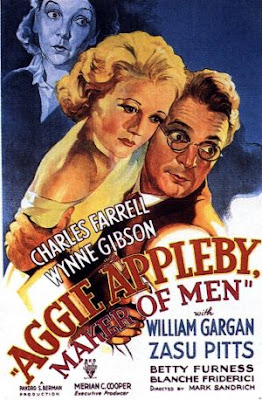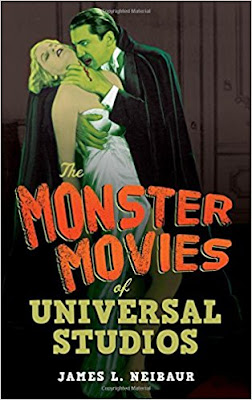Discovering a 'Maker of Men'

One of the joys in checking out the availability of movies on YouTube and streaming sources is the stumbling on to something new to the viewer's experience. For this writer it was in discovering that AGGIE APPLEBY, MAKER OF MEN, a play by Joseph Otto Kesselring of ARSENIC AND OLD LACE fame, was made into a 1933 movie several years prior to the author's first draft of ARSENIC emerging from the typewriter. As Kesselring's other works that made it to the stage were nowhere nearly as successful as ARSENIC, this production of AGGIE APPLEBY, MAKER OF MEN, written by other hands, offers some insight into Kesselring's exploration of Great Depression social conditions in comedic terms. Not that AGGIE APPLEBY, MAKER OF MEN, is a lost film or even one overlooked in its day. It was in fact routinely reviewed by newspaper critics and has gained something of a reputation as an example of the freer examination of contemporary mores before the Production Code stifled more adul...


